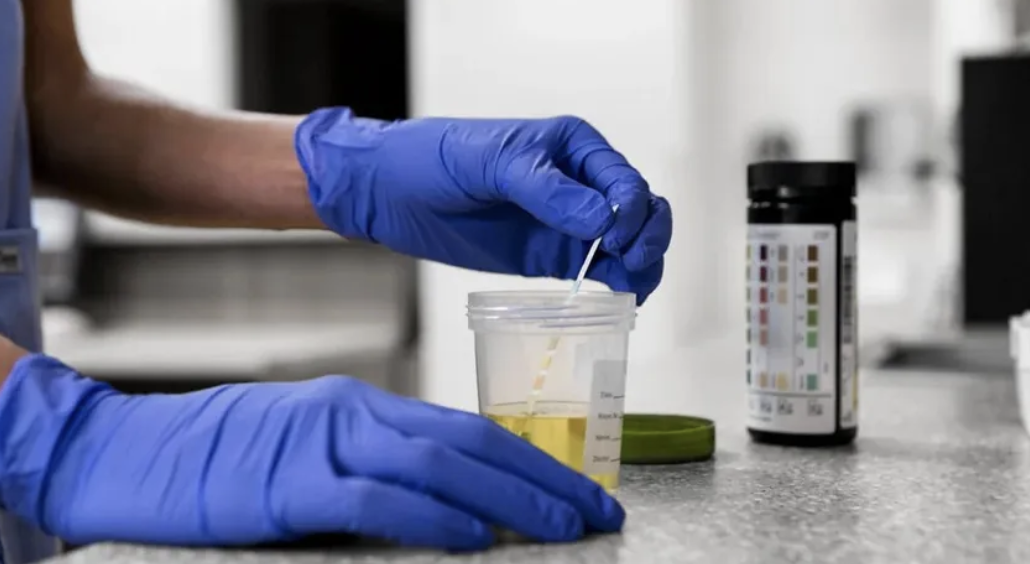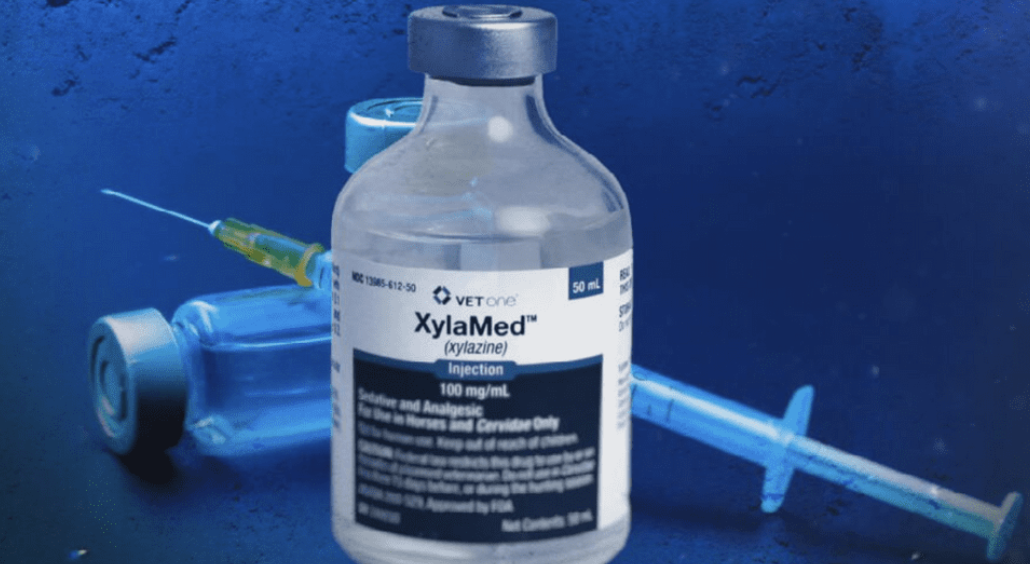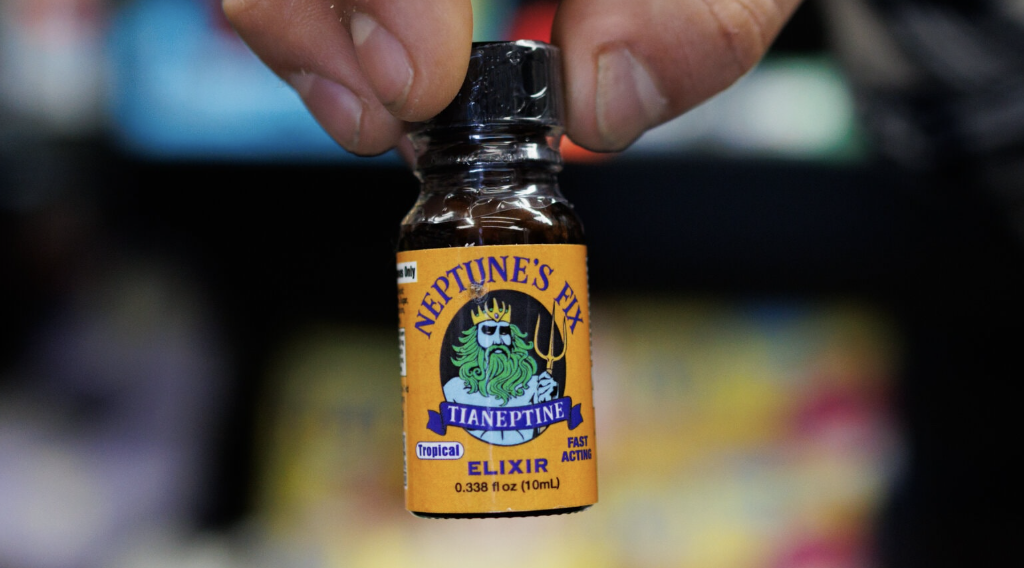Understanding how to manage other substances while on Suboxone is crucial for your safety. This article provides guidelines on navigating potential drug interactions, the importance of consulting your healthcare provider, and practical tips to help you stay safe during your treatment, especially when managing other substances while on Suboxone.
Key Takeaways
- Mixing Suboxone with other substances, particularly CNS depressants like alcohol and benzodiazepines, poses significant risks of respiratory depression and overdose.
- Open communication with healthcare providers about all substances being taken is essential to prevent harmful interactions and ensure safe Suboxone treatment.
- Patients should seek immediate medical attention if they experience symptoms of overdose after mixing Suboxone with other substances, as timely intervention can be life-saving.
Can you take other substances while on Suboxone?
The question of whether you can take other substances while on Suboxone is common among patients undergoing treatment. Generally, mixing Suboxone with other substances such as alcohol, weed, benzodiazepines, opioids, stimulants, and over-the-counter medications is medically discouraged. Combining these substances with Suboxone can lead to severe respiratory issues, significant drowsiness, and potentially fatal outcomes.
Always inform your healthcare provider about any medications or substances you intend to use while on Suboxone, including sublingual or buccal use. This open dialogue helps prevent dangerous interactions and ensures your healthcare provider can prescribe suboxone as safely and effectively as possible.
Your provider can offer guidance on how to manage other medications and substances during your Suboxone therapy, helping you avoid complications and maintain your path to recovery.

Why mixing substances with Suboxone is dangerous
Mixing substances with Suboxone can be extremely dangerous due to pharmacological interaction risks. Suboxone, containing buprenorphine and naloxone, works by attaching to opioid receptors in the brain, reducing cravings and withdrawal symptoms associated with opioid addiction. However, mixing buprenorphine with other substances, especially central nervous system (CNS) depressants like alcohol and benzodiazepines, can lead to unpredictable effects and significantly increase the risk of overdose and severe respiratory depression.
Understanding these suboxone interactions is key to preventing life-threatening reactions during treatment. Suboxone’s partial opioid agonist function and its binding affinity block other opioids, which can be lifesaving but also dangerous when mixed with substances that depress the CNS.
Let’s explore how Suboxone functions in the brain, the heightened risk with CNS depressants, and the dangers of mixing it with stimulants.
How Suboxone works in the brain
Suboxone operates by attaching to opioid receptors in the brain, reducing cravings and withdrawal symptoms without producing a high. The buprenorphine in Suboxone is a partial opioid agonist, which means it activates the opioid receptors but to a much lesser degree than full agonists like heroin or morphine. This partial activation helps alleviate withdrawal symptoms and cravings, making it easier for individuals to stay on their treatment plan.
Moreover, Suboxone has a ceiling effect, which limits the potential for respiratory depression and overdose risks compared to full opioids. The drug called naloxone acts as an opioid antagonist, blocking the effects of other opioids and deterring misuse.
This combination helps normalize brain chemistry in individuals suffering from opioid use disorder, making it a cornerstone of effective opioid addiction treatment.
Synergistic risk of CNS depressants
Combining Suboxone with central nervous system depressants such as alcohol, benzodiazepines, or sedatives can significantly enhance the sedative effects, heightening the danger of respiratory failure. These substances interact with Suboxone by amplifying its sedative effects, potentially leading to severe respiratory depression, extreme drowsiness, or even coma. The co-use of Suboxone and benzodiazepines is particularly risky and has been linked to a significant increase in overdose deaths.
Healthcare providers emphasize the importance of careful monitoring when patients on Suboxone are prescribed other CNS depressants. Concomitant use of Suboxone with alcohol or other CNS depressants exacerbates risks such as extreme sedation and respiratory failure. Therefore, it’s critical to discuss any additional CNS depressants with your healthcare provider to mitigate these life-threatening risks.
Risk of relapse or overdose when mixing stimulants
Mixing stimulants with Suboxone can lead to:
- Increased cravings for opioids, potentially resulting in relapse or overdose as individuals seek to counteract conflicting effects.
- Masking of withdrawal symptoms by stimulants like methamphetamine, cocaine, or Adderall, which increases the likelihood of overdose when the stimulant’s effects diminish.
- Reduced effectiveness of Suboxone.
- Heightened cravings for other substances.
Users mixing stimulants with Suboxone show a greater likelihood of developing a multifaceted addiction due to the conflicting effects on the brain. This dangerous combination can result in erratic behavior and decision-making, complicating recovery efforts and increasing the risk of overdose.
Patients who mix stimulants and Suboxone may exhibit lower motivation to maintain sobriety, raising concerns about developing a multi-drug addiction.
Mixing Suboxone with specific substances: What research says
Research indicates that mixing Suboxone with specific substances can lead to dangerous interactions and increased risks of overdose. This section will provide evidence-based summaries on the interaction of Suboxone with:
- Alcohol
- Benzodiazepines
- Marijuana
- Stimulants
- Antidepressants
- Over-the-counter medications.
Understanding these interactions can help patients make informed decisions and avoid harmful practices during their Suboxone treatment.
Suboxone and alcohol
Combining alcohol and Suboxone can exacerbate the sedative effects, significantly increasing the risk of respiratory depression. Both substances act as central nervous system depressants, which can lead to serious respiratory issues when mixed. Drinking alcohol even in small amounts while on Suboxone can lead to severe lethargy or unconsciousness, especially for individuals with a history of alcohol addiction.
The FDA has issued a black box warning highlighting the high overdose risk when Suboxone is taken with alcohol. Key points to consider include:
- Long-term use of alcohol with Suboxone may increase the risk of liver damage.
- There is also an increased risk of various cancers with combined use.
- Avoiding alcohol while on Suboxone is essential for maintaining safety and treatment effectiveness.
Suboxone and benzodiazepines (e.g., Xanax, Ativan)
Combining Suboxone with benzodiazepines can significantly increase the risk of respiratory depression, sedation, and overdose. These dual-depressant effects are particularly dangerous and have been associated with a significant increase in overdose deaths. The FDA mandates strong warning labels for the concurrent use of opioids and benzodiazepines due to their dangerous interactions.
A study indicated that around 66% of individuals using buprenorphine also reported using benzodiazepines, highlighting a common yet dangerous practice. Mixing Suboxone with benzodiazepines can lead to impaired motor function, drowsiness, and an increased risk of accidents. Clinical guidelines strongly discourage co-prescription of these substances to avoid life-threatening complications.
Suboxone and marijuana
Using marijuana while on Suboxone may affect the efficacy of the treatment and could lead to altered mental states. Both marijuana and Suboxone can depress the central nervous system, potentially leading to dangerous side effects like slowed breathing or coma when used together.
Research indicates that marijuana may help reduce cravings and alleviate withdrawal symptoms for those undergoing treatment for opioid use disorder. However, while cannabis can be a supportive element in opioid use disorder treatment, it may complicate recovery for those struggling with marijuana addiction.
Discussing marijuana use with your healthcare provider ensures it won’t interfere with your Suboxone treatment.
Suboxone and stimulants (Adderall, cocaine, meth)
Mixing Suboxone with stimulant drugs can lead to unpredictable effects, such as increased heart rate and heightened risk of cardiovascular issues. Stimulants can counteract the effects of Suboxone, potentially leading users to increase their Suboxone dosage. This combination can create a conflicting interaction as Suboxone depresses the central nervous system while stimulants stimulate it, possibly reducing the effectiveness of both.
Despite the risks, some studies show that stimulant use has been associated with a greater retention rate in buprenorphine treatment, potentially mitigating overdose risks. However, using both Suboxone and stimulants together may increase the risk of heart-related side effects, including elevated heart rate and blood pressure.
Patients with ADHD who are on Suboxone may be prescribed stimulant medications like Adderall, but this should only occur under strict medical supervision due to potential risks.
Suboxone and antidepressants
Some antidepressants can interact with Suboxone, enhancing the risk of serotonin syndrome, especially in cases of misuse. While SSRIs and SNRIs have fewer direct interactions, they may still affect how well the medication works. Additionally, it’s important to be aware of certain drug interactions and suboxone interactions.
Consulting with a healthcare provider is important to manage these unexpected interactions.
Suboxone and over-the-counter medications
Ibuprofen can be taken with Suboxone, but caution is advised due to potential gastrointestinal side effects. Ibuprofen operates through a distinct mechanism compared to Suboxone, making it a non-sedating option for pain relief. However, it is crucial to follow recommended dosages to prevent any potential complications when taking it with Suboxone.
Exercise caution when combining Suboxone with over-the-counter medications like sedating antihistamines, sleep aids, and cough suppressants (e.g., dextromethorphan) due to possible interactions. Consultation with a healthcare provider is advised if pain persists, as they may suggest non-medication pain relief techniques to relieve pain before resorting to non opioid medications like ibuprofen. If necessary, you may take suboxone as part of your treatment plan.
Spacing doses of Suboxone and ibuprofen may be recommended by healthcare providers to maximize safety and efficacy, including the suboxone dose.
How to safely manage medications while on Suboxone
Effective management of medications while on Suboxone involves open communication with your healthcare provider about all substances being taken. This includes prescription medications, over-the-counter drugs, supplements, and recreational substances. An open dialogue helps prevent harmful interactions and ensures the safety and effectiveness of your treatment plan.
Additionally, using a single prescriber or doctor or pharmacist for all your medications can help reduce the risk of dangerous overlaps and interactions. Regular reviews of your medication regimen with your healthcare provider can also help monitor your progress and adjust your treatment plan as needed when a doctor prescribes changes.
A comprehensive approach to medication management is vital for maintaining sobriety and overall health while starting suboxone treatment.

Communicate with your MAT provider
Open communication with your Medication-Assisted Treatment (MAT) provider is crucial for effective medication and health management. Patients should inform any new doctors about their Suboxone treatment to avoid unsafe drug interactions. Regular updates to your MAT provider about your medication regimen can help prevent harmful interactions and ensure that your treatment plan is as safe and effective as possible.
In addition, patients should actively engage in discussions about their medication regimen, including any other substances they are taking, to avoid potential interactions. Secure messaging platforms and digital health apps can enhance communication between patients and providers, facilitating timely responses to emerging issues.
Sharing experiences, side effects, or concerns helps providers make necessary adjustments to the treatment.
Use a prescription monitoring program
Utilizing a prescription monitoring program (PMP) can help identify potential medication conflicts and prevent dangerous overlaps in prescribed medications. These controlled substance databases are invaluable tools for both patients and healthcare providers to track prescription histories and ensure that any new medications prescribed do not interact negatively with Suboxone.
Engaging in a PMP can alert patients and providers to potential medication conflicts, enhancing the safety and effectiveness of the treatment plan.
Create a safe taper plan for other medications
A safe taper plan for other medications is essential when reducing the use of benzodiazepines or opioids alongside Suboxone treatment. This process should be supervised by a healthcare professional to minimize opioid withdrawal symptoms and ensure a smooth transition off these substances.
A gradual reduction plan can help manage any adverse effects and maintain the effectiveness of the Suboxone treatment.
What to do if you’ve mixed Suboxone with another substance
Seek immediate medical attention if you have mixed Suboxone with another substance to ensure your safety and proper treatment. Combining Suboxone with other substances can lead to increased health risks, including overdose, which requires prompt medical intervention. Harm-reduction advice and emergency warning signs should be heeded to prevent severe complications.
Recognizing the signs of opioid overdose or dangerous reactions is critical. Symptoms like slowed breathing, unresponsiveness, or severe drowsiness indicate the need for emergency care. If you or someone you know shows these symptoms, it is vital to call 911 immediately and administer naloxone if available. Providing breathing support until help arrives can be life-saving.
Signs of overdose or dangerous reaction
Common indicators of a dangerous reaction to Suboxone include extreme drowsiness, confusion, and difficulty breathing. Symptoms indicating an overdose on Suboxone include pinpoint pupils, severe drowsiness, low blood pressure, and slowed or stopped breathing. Loss of consciousness or severe sedation can also signal a dangerous reaction to Suboxone.
Seek immediate medical assistance if someone shows signs of a potential suboxone overdose, such as extreme drowsiness or slowed breathing. Immediate actions during a suspected overdose should include calling emergency services, administering naloxone if available, and providing breathing support until help arrives.
When to seek medical detox or reevaluation
If a person experiences any of the following while on Suboxone, they should seek medical detox or reevaluation:
- Severe pain
- Severe side effects
- Inability to manage their substance use
- Signs of overdose
- Symptoms worsening after mixing Suboxone with other substances
Professional evaluation and support are crucial for ensuring safety and adjusting the treatment plan as needed.
Bottom Line: Managing sobriety and safety on Suboxone
Managing sobriety and safety on Suboxone requires careful handling of substance interactions and open communication with your healthcare provider. Suboxone treatment is effective for treating opioid dependence, but it is crucial to be aware of how it interacts with other substances. A comprehensive Suboxone treatment plan with clear rules around the use of other drugs is essential for ensuring safety and treatment success.
Remember, your journey to recovery is a collaborative effort between you and your healthcare team. Establishing a strong support system, adhering to prescribed guidelines, and being vigilant about potential drug interactions will help you maintain your path to sobriety and overall well-being.
FAQs: Suboxone and other substance interactions
Can you take Tylenol with Suboxone?
It is generally safe to take Tylenol with Suboxone, provided there are no underlying liver issues. Always consult your doctor for personalized medical advice.
Is caffeine okay while on Suboxone?
Caffeine is generally considered safe while on Suboxone; however, it may exacerbate anxiety or jitteriness in some individuals. It is advisable to consult your healthcare provider if you experience these symptoms.
Can Suboxone block the effects of weed?
Suboxone does not block the effects of THC; however, using them together may impact cognition and treatment outcomes.
Can I take muscle relaxers with Suboxone?
It is generally discouraged to take muscle relaxers with Suboxone due to the increased risk of sedation and overdose. It is crucial to consult a healthcare provider before combining these medications.
What should I do if I mix Suboxone with another substance?
It is crucial to seek immediate medical attention if you mix Suboxone with another substance. Monitoring for overdose symptoms, such as slowed breathing or severe drowsiness, is essential for safety.
















